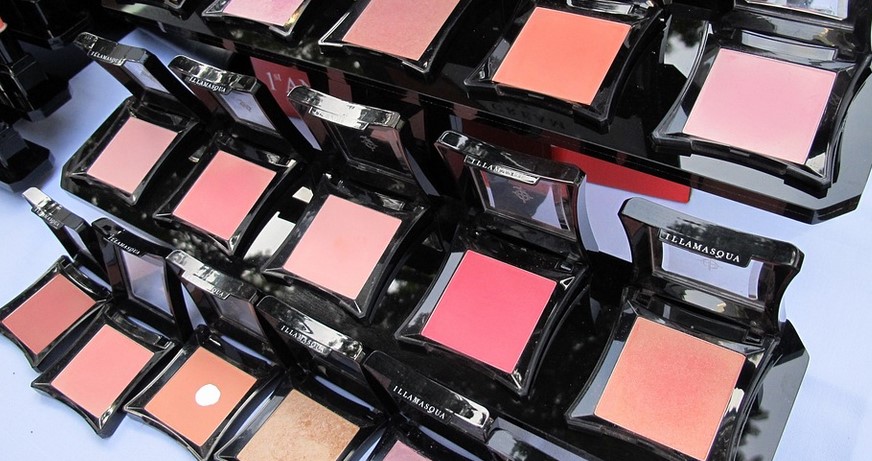Introduction
Henna is an ancient form of body art that has been practiced for centuries in various cultures around the world. In recent years, henna has gained immense popularity as a temporary tattoo option, especially among women. One of the most common areas where henna is applied is the belly. Henna designs on the belly are not only aesthetically pleasing but also have cultural and spiritual significance.
History of Henna
Henna, also known as mehndi, has been used for centuries in India, Africa, and the Middle East as a form of body art. The paste made from the leaves of the henna plant is applied to the skin in intricate designs, which then stain the skin temporarily. Henna is often used to celebrate special occasions like weddings, festivals, and religious ceremonies.
Symbolism of Belly Henna
In many cultures, the belly is considered a sacred part of the body, representing fertility, motherhood, and femininity. Applying henna designs on the belly is believed to bring good luck, prosperity, and protection to the mother and child during pregnancy and childbirth. The intricate designs also symbolize the interconnectedness of life and the spiritual journey of the individual.
Types of Belly Henna Designs
There are many different types of henna designs that can be applied to the belly. Some popular designs include floral patterns, mandalas, geometric shapes, and cultural symbols. These designs can range from simple and minimalist to complex and detailed, depending on the individual’s preferences.
Preparation and Application
Before applying henna to the belly, it’s essential to prepare the skin properly. The area should be clean, dry, and free from any oils or lotions. The henna paste is then applied using a cone or brush, and the design is left to dry for several hours. Once the paste is removed, the henna stain will gradually darken over the next 24-48 hours.
Care and Maintenance
To ensure that the henna design lasts as long as possible, it’s important to take care of the skin properly. Avoiding water and friction on the area is crucial for the first 24 hours after application. Applying a mixture of lemon juice and sugar to the dried henna paste can also help to darken and prolong the stain.
Benefits of Belly Henna
Belly henna is not only a beautiful form of body art but also has several health benefits. The natural ingredients in henna paste, such as eucalyptus and lavender oil, have anti-inflammatory and antiseptic properties that can soothe and heal the skin. Henna is also a natural coolant and can help to reduce body heat, which is especially beneficial during pregnancy.
Precautions and Risks
While henna is generally safe to use, there are some precautions that should be taken. Some people may be allergic to the ingredients in henna paste, so it’s essential to do a patch test before applying it to a larger area. Henna should also not be applied to open wounds or broken skin. It’s also important to use only high-quality, natural henna paste to avoid any adverse reactions.
Conclusion
Henna designs on the belly are a beautiful and meaningful way to adorn your midriff. Whether you’re looking to celebrate a special occasion, embrace your cultural heritage, or simply add some temporary body art, belly henna is a trendy and popular option in 2023. Just remember to take proper care of the skin and use high-quality henna paste for the best results.

